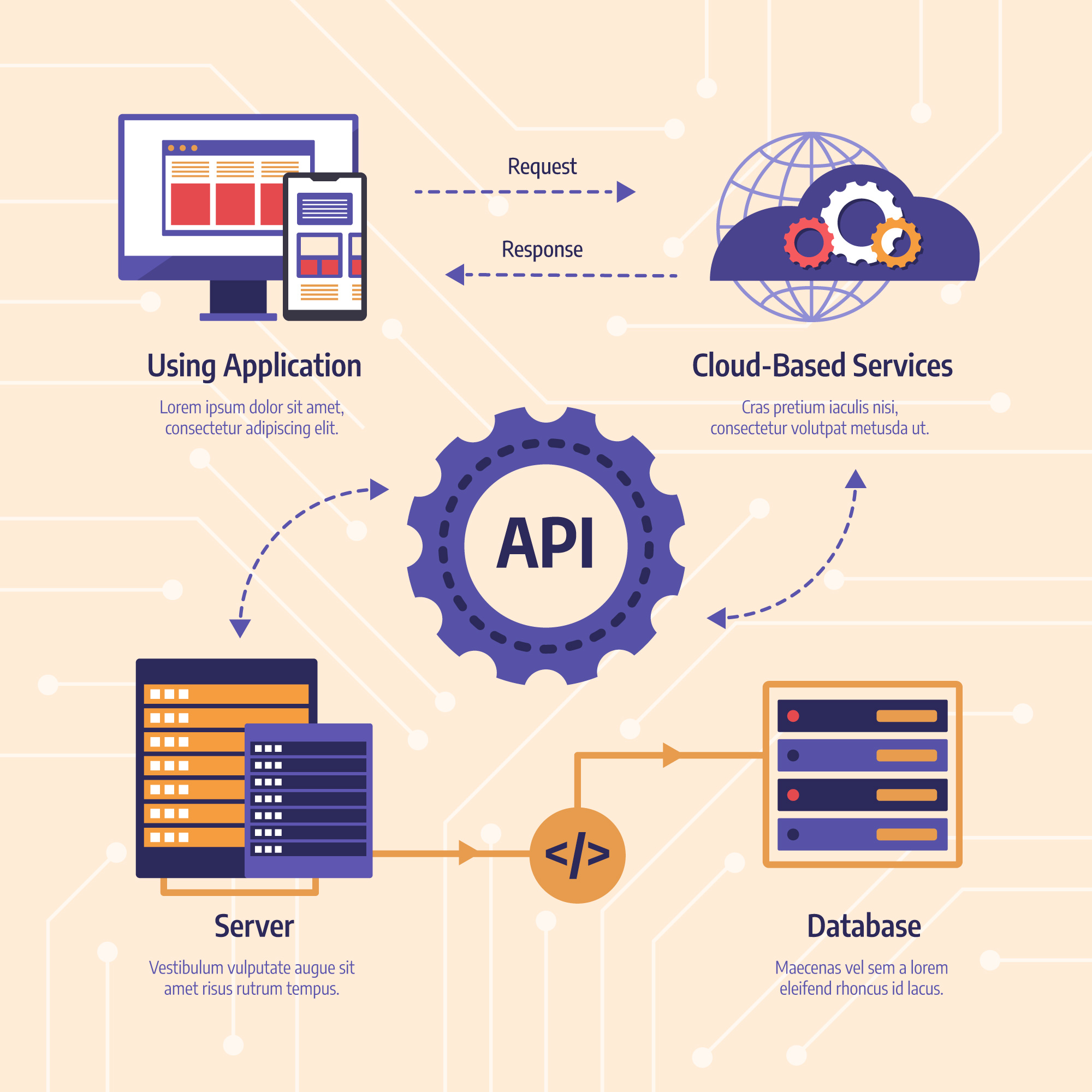APIs (Application Programming Interfaces) act as bridges between software applications, allowing them to communicate efficiently. A well-structured API improves performance, security, and usability. This guide simplifies API design principles for students, presenting unique concepts with practical examples.
1. Understanding API Users: The Foundation of Design
Before creating an API, answer these key questions:
- Who will use this API? Developers, businesses, or end-users?
- What problem does it solve? Enhancing functionality, data retrieval, or automation?
- Which platforms does it support? Web, mobile, IoT?
🔍 Hidden Insight: Always design with flexibility in mind. A future-proof API reduces redevelopment time and ensures scalability.
2. RESTful API Principles: Keep It Simple
REST (Representational State Transfer) is the most widely used API architecture. Follow these principles:
- Statelessness: Each request is independent.
- Meaningful URLs: Prefer
/studentsover/fetchStudents. - Use Standard HTTP Methods:
GET /students→ Retrieve student dataPOST /students→ Add a new studentPUT /students/1→ Update student dataDELETE /students/1→ Remove a student
🚀 Unique Concept: Use HATEOAS (Hypermedia as the Engine of Application State) to improve API discoverability. APIs should return links to guide users rather than requiring them to hardcode paths.
3. Naming Conventions: Clarity Over Complexity
A well-structured API makes it easier to understand and use.
✅ Best Practices:
- Use
camelCaseorsnake_casefor parameters. - Prefer plural nouns (e.g.,
/booksinstead of/book). - Avoid abbreviations and cryptic names.
🔎 Hidden Concept: Introduce metadata endpoints like /status or /healthcheck to monitor API performance.
4. API Versioning: Stay Future-Proof
Versioning prevents breaking changes when updating APIs. Methods include:
- URI Versioning:
/v1/students - Header Versioning:
Accept: application/vnd.app.v1+json - Query Parameter Versioning:
?version=1
📌 Unique Concept: Use Deprecation Headers (Deprecation: true) to notify users about outdated versions.
5. Security First: Protect Your API
Ensuring data security is non-negotiable. Implement:
- OAuth 2.0 & JWT (JSON Web Tokens) for authentication.
- API Keys for client identification.
- Role-Based Access Control (RBAC) for granular permissions.
🚧 Hidden Insight: Implement rate limiting (e.g., 1000 requests/hour) to prevent API abuse.
6. Writing Developer-Friendly Documentation
A great API is only useful if developers can understand it.
📚 Include:
- Clear descriptions of endpoints and parameters.
- Authentication and authorization details.
- Example requests and responses.
✨ Unique Concept: Use API playgrounds like Swagger UI or Postman collections for interactive testing.
7. Error Handling: Speak Clearly
Avoid cryptic error messages by using standard HTTP status codes:
✅ Common Responses:
200 OK→ Success400 Bad Request→ Invalid input401 Unauthorized→ Authentication required403 Forbidden→ Insufficient permissions404 Not Found→ Resource doesn’t exist500 Internal Server Error→ Server-side issue
💡 Hidden Concept: Return structured JSON error responses:
{
"error": "Invalid API key"
}8. Performance Optimization: Keep APIs Fast
Optimize performance using:
- Caching: Store frequent responses (Redis, Memcached).
- Pagination: Limit large data sets.
- Compression: Enable gzip/Brotli to reduce payload size.
⚡ Unique Concept: Use WebSockets for real-time communication instead of frequent polling.
9. Idempotency: Prevent Duplicate Actions
Ensure that multiple identical requests have the same effect. This is crucial for safe PUT and DELETE operations.
🔐 Hidden Insight: Use Idempotency Keys in headers to avoid duplicate transactions.
10. Event-Driven APIs with Webhooks
Instead of polling, use Webhooks to notify clients when an event occurs.
📌 Unique Concept: Implement Retry Mechanisms for failed webhook deliveries and log events for debugging.
11. API Monitoring and Maintenance
Regular monitoring ensures smooth API operation. Use:
- Logging & Analytics to track usage and errors.
- Rate Limiting to prevent overuse.
- Regular Updates to patch vulnerabilities.
🔍 Hidden Concept: Automate API health checks with integration and contract testing.
12. SDKs & Client Libraries: Simplify Integration
Providing SDKs in popular languages enhances API adoption.
💡 Ensure:
- Well-documented APIs.
- Easy-to-use libraries.
🚀 Hidden Concept: Auto-generate SDKs using OpenAPI specifications.
13. Scalability: Prepare for Growth
To handle growing demand:
- Load Balancing: Distribute traffic across multiple servers.
- Asynchronous Processing: Queue tasks for later execution.
- Horizontal Scaling: Add more server instances dynamically.
⚡ Unique Concept: Use GraphQL for flexible querying when needed.
Read more: https://theblogyfi.com/machine-learning-vs-deep-learning/
Final Thoughts
Designing a secure, scalable, and user-friendly API requires planning. By following these best practices, students can build APIs that are efficient and adaptable.
Next Steps
✅ Experiment with designing a REST API. ✅ Use OpenAPI for documentation. ✅ Test API security vulnerabilities.







0 Comments